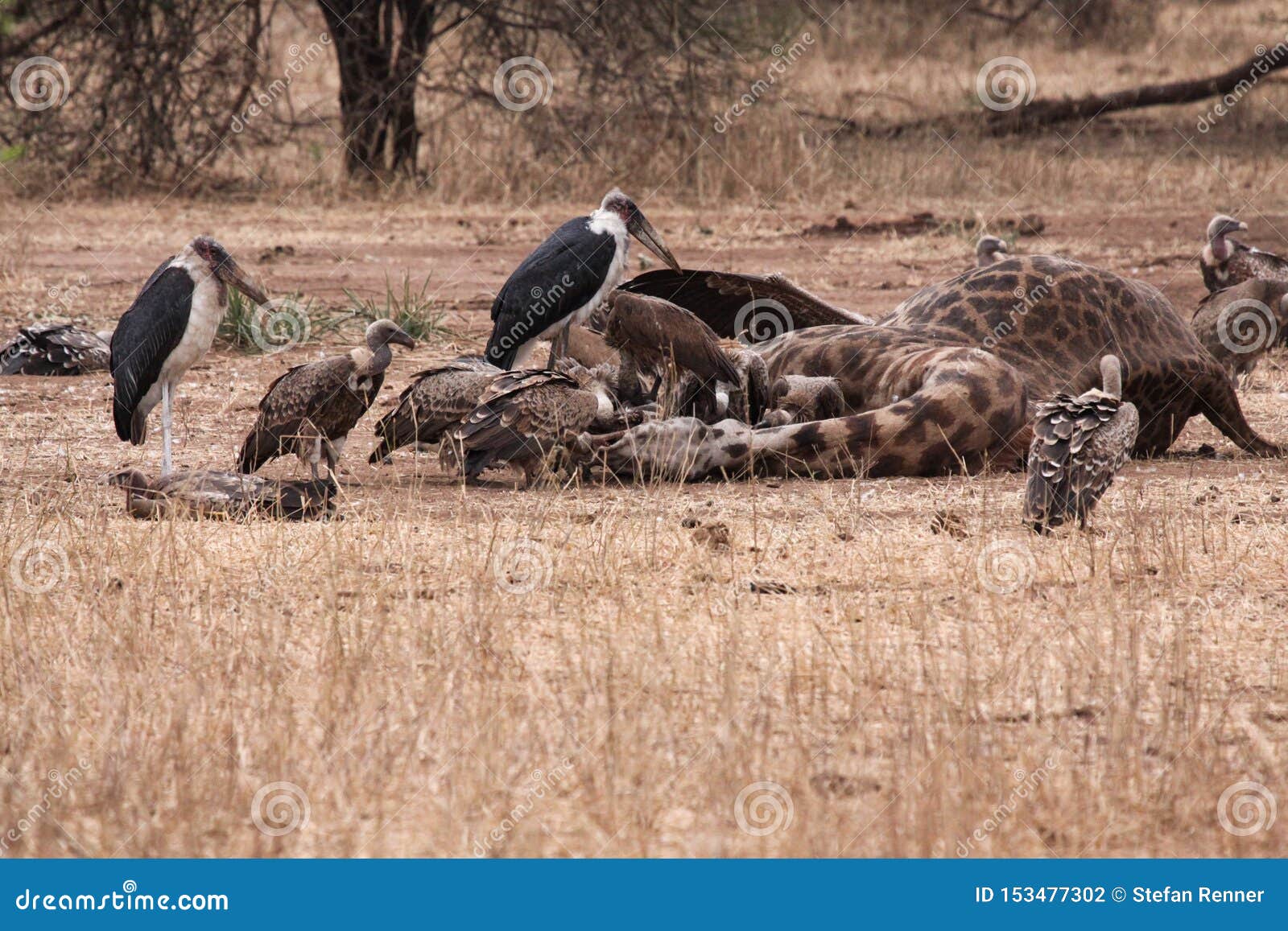
LP101939-9 Physiological dead space The physiological dead space is the volume of gas in the respiratory system that is not involved in respiratory gas exchange. Physiotherapy Identifiers URN: urn:nbn:se:uu:diva-316445 DOI: 10.1152/japplphysiol.00428.2016 ISI: 000392845000014 PubMedID: 27660298 OAI: oai:DiVA.60869-5 Physiological dead space Respiratory system -on ventilator Active Part Description Giraffe, ventilation, gas exchange, ventilation/perfusion National Category Place, publisher, year, edition, pages2016. The findings suggest that the efficiency of V-A/Q matching is independent of lung size in the studied mammals that vary in weight from less than 1 to more than 400 kg. Arterial oxygenation was essentially similar in all studied species. The match was also similar to that in anesthetized humans. The V-A/Q match was as good as in the similarly sized horse and was even comparable to that in smaller sized animals, including rabbit and rat. V-A/Q distribution was broad but unimodal, and the shunt of blood flow through nonventilated lung regions was essentially absent, suggesting no lung collapse. We studied a young giraffe under anesthesia using the multiple inert gas elimination technique to analyze the V-A/Q distribution and arterial oxygenation and compared the results with those obtained in other species of different sizes, including humans.

The lungs in the giraffe are large, up to 1 m high and 0.7 m wide, and this may cause considerable ventilation/perfusion (V-A/Q) mismatch due to the influence of gravitational forces, which could lead to hypoxemia. Less is known about the matching between ventilation and lung blood flow. The trachea in the giraffe is long but narrow, and dead space ventilation is considered to be of approximately the same size as in other mammals. 1374-1378 Article in journal (Refereed) Published Abstract


 0 kommentar(er)
0 kommentar(er)
